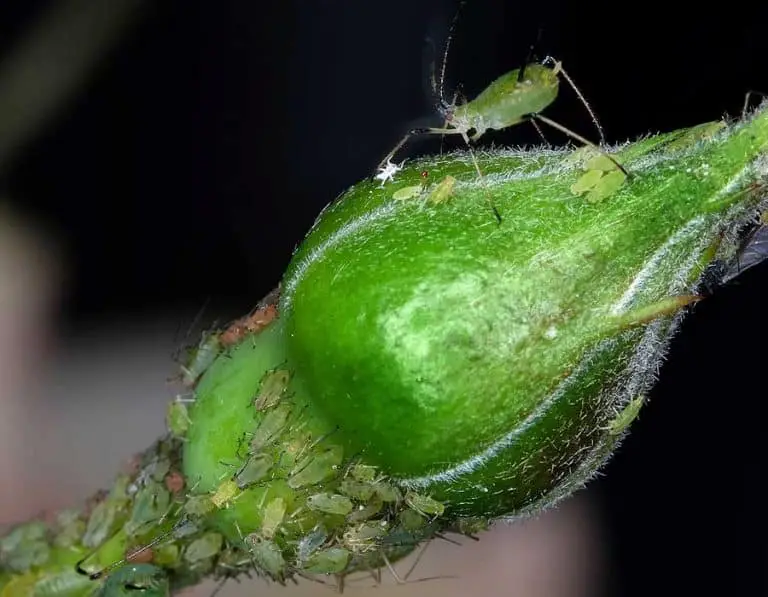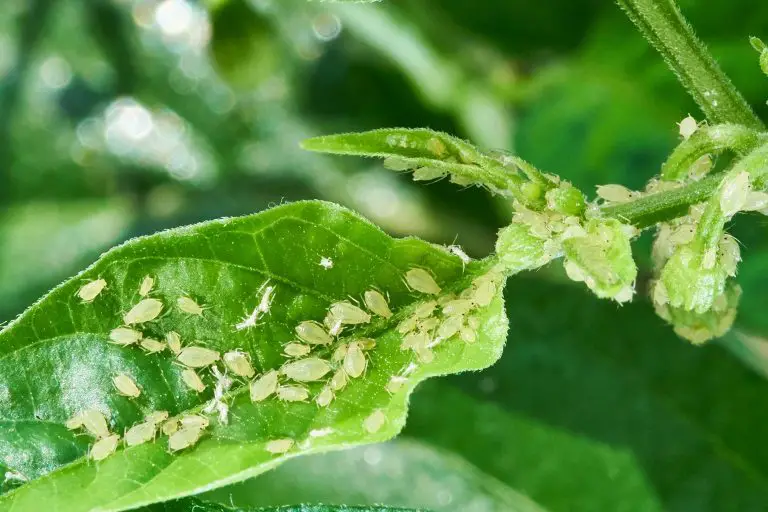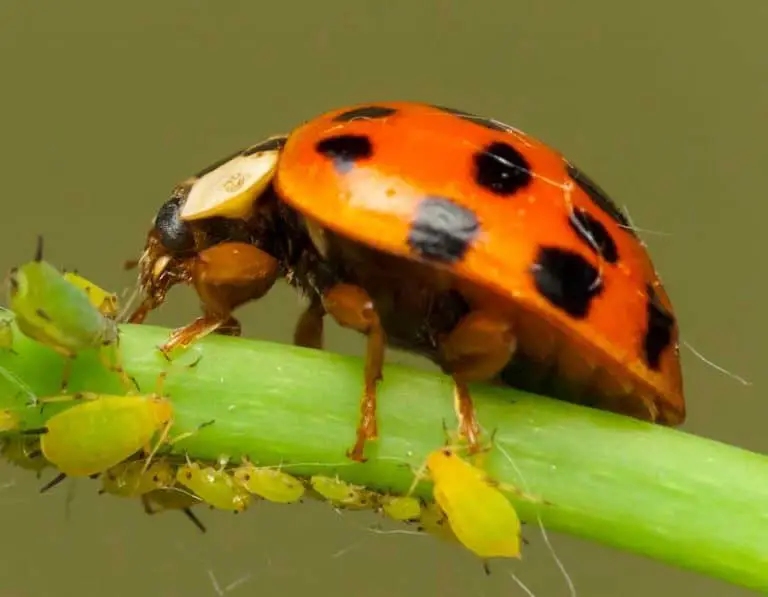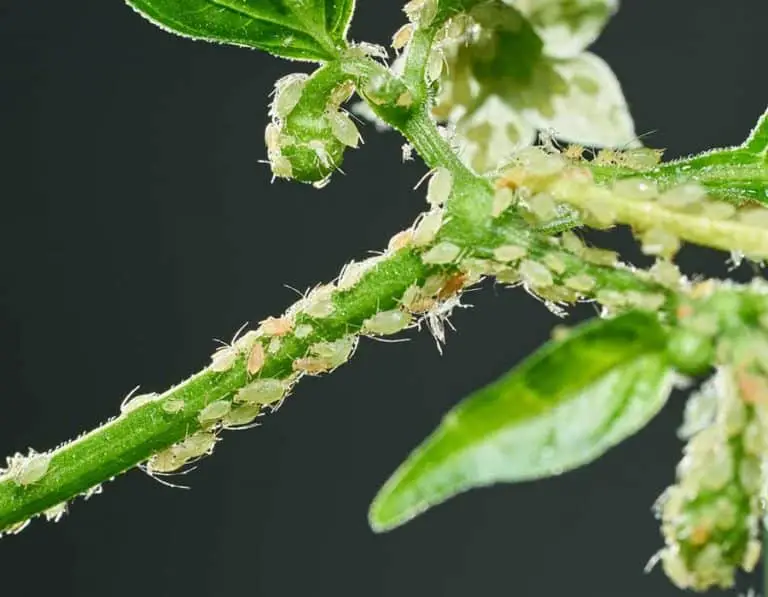Can Aphids Kill a Tree?
Aphids are mostly known for growing on plants and flowers. They feed on the sap of plants they can eventually kill. Aphids can also kill a tree, albeit not just any type of tree.
Aphids are some of the most invasive pest species in North America. Their economic damage is vast and even growing in certain parts of the country.
While not as common on trees as on plants, aphids might still move on to trees, particularly to fruitless trees where they feed on their leaves.
Aphids can kill young trees that don’t have the strength to recover from their damage to leaves. They can kill willows, poplar, oak, and linden trees if not removed by hand or in the absence of natural predators such as ladybugs.
While mature trees can also be killed by aphids they still have higher chances of survival through their multiple leaves.
Signs a tree might be killed by aphids
The following reactions can be some of the most definite signs of aphids about to kill a tree. Some of these can be stopped while other signs of damage can be irreversible.
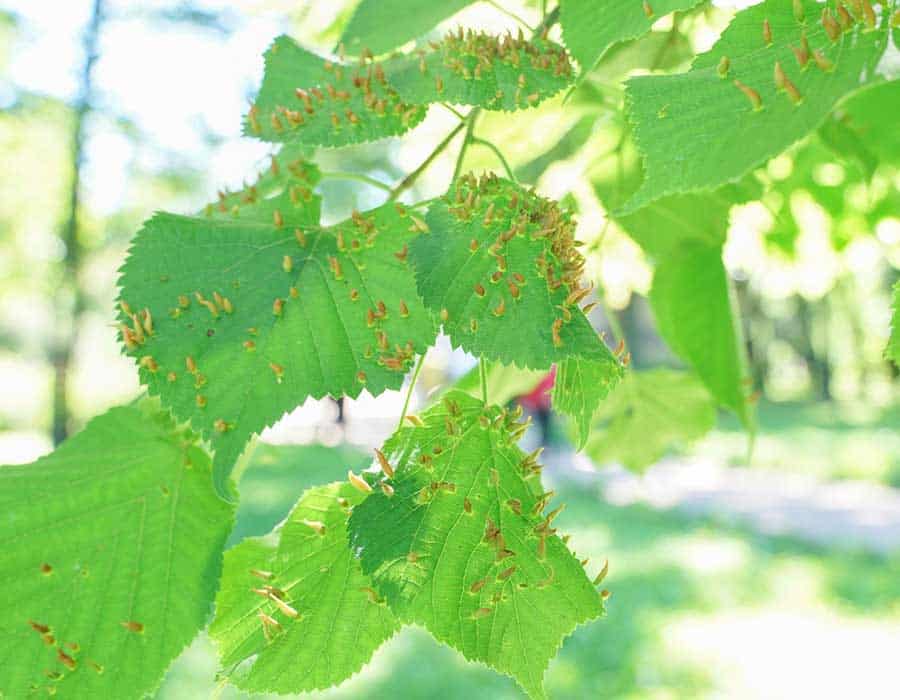
Seeing aphids on leaves
Seeing aphids on tree leaves is the first sign of a possible infestation. It’s also the best time to take action to remove aphids from tree leaves. Here are a few species often seen on tree leaves.
- Linden aphids
- Willow aphids
- Poplar aphids
These aphids can kill the tree if they mate in high numbers. Aphids may kill young linden trees, willows, poplar, and oak trees which don’t have the strength to recover from a high number of affected leaves.
Yellow spots on leaves
Yellow spots on leaves are caused by the saliva aphids insert into leaves while also eating them. The yellowing of the tree leaves is a definite sign a tree is about to die if the affected leaves are numerous.
The more yellow leaves you see on a tree with aphids the higher the chances of that tree dying. It might already be too late for the tree if more than half of its leaves are yellow.
Curled leaves
Leaves changing their shape can be an indication of an aphid invasion. Curled leaves might be as bad as yellow leaves on a tree with aphids.
Curled leaves also prevent proper photosynthesis. This is why a higher number of curled leaves caused by aphids drinking tree sap might lead to the tree eventually dying.
Sticky substance on leaves
As they eat tree leaves aphids leave a sticky residue behind. Some leaves might not have any other signs of damage apart from holes in leaves and sticky substances on leaves.
The sticky substance also prevents proper photosynthesis. The substance might only be removed by washing the tree with water.
How do aphids kill trees?
Aphids kill trees by eating their leaves. Tree leaves are important for photosynthesis. A higher number of affected leaves will eventually lead to a dead tree, especially in young trees.
Aphids are known to drink the sap of tree leaves. These juices are essential for tree health. While not all aphids are interested in eating more than a few leaves, more aphids can cause significant damage together as they can even kill a tree.
Deposited saliva kills leaves
While aphids eat tree leaves they also deposit saliva in them. This is just as bad when it comes to tree leave health.
Deposited aphid saliva yellows tree leaves entirely or partially. Yellow spots on tree leaves are sometimes caused by the deposited aphid saliva.
This means the saliva of aphids can kill a tree in the case of a serious invasion, especially immature trees within their first years of growth.
Stunted growth as a result of poor photosynthesis
Too many affected leaves might delay tree growth. If this problem isn’t fixed it may also lead to a dead tree. Photosynthesis is the essential process through which trees use light to grow.
Spreading diseases
Aphids are known to spread diseases to plants and trees. Aphids introduce various toxins in tree leaves which prompt diseases.
Curled leaves, yellow leaves, and even dropped leaves are the direct result of aphids carrying and spreading diseases. Leaf loss is one of the main reasons trees die following aphid invasion.
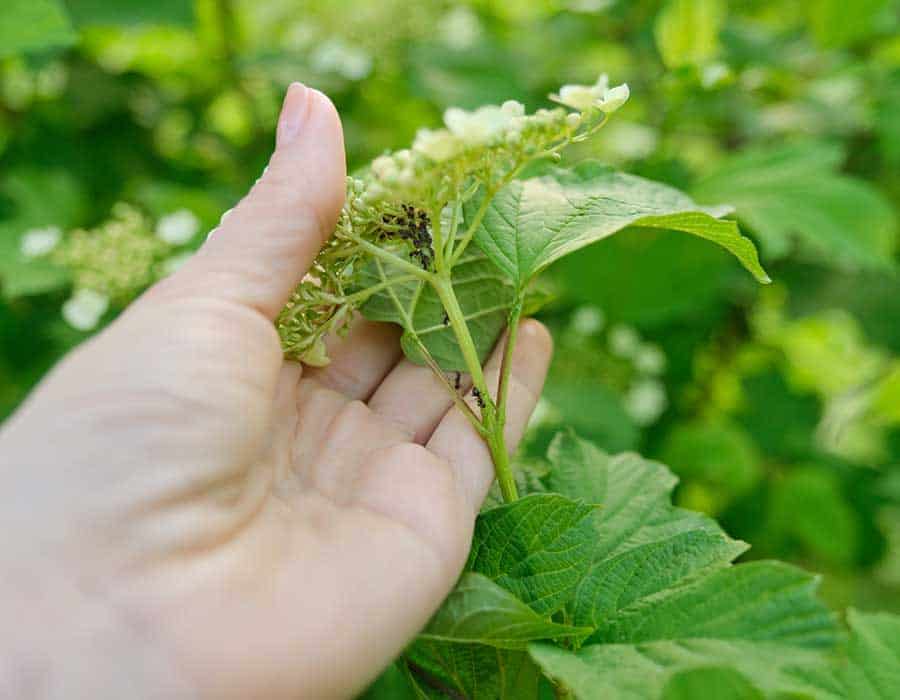
3 anti-aphid measures to protect trees
Some trees might be saved when it comes to aphid invasions. This might be difficult to achieve but it can be necessary for young trees.
Introduce ladybugs
Ladybugs are a natural aphid predator. Introducing a few hundred ladybugs to a tree eliminates all aphids eventually. Ladybugs are used in agriculture where they clear off aphids. Up to a few hundred ladybugs might be needed for each acre to eliminate aphids.
Spray neem oil
Neem oil is a type of natural pesticide. It comes from neem trees and it can be sprayed on each tree affected by aphids. It can also be sprayed on trees with a risk of being affected by aphids.
Remove aphids by hand
Aphids don’t bite. You can remove them by hand if you have a short young tree in the garden. This is the quickest method that might save the leaves and the tree itself.
This method also has limitations as aphids might lay eggs nearby. These eggs might turn into aphids within days so it’s best to return to the tree to check for new aphids regularly.
Summary
Aphids kill a tree by drinking sap from leaves and by inserting saliva into tree leaves. Oak trees, willows, and poplar are the most affected types of trees.
Preventive measures are rare as most people only take action whenever the leaves are yellow or when the leaves start to curl.
Many trees can naturally survive aphids, especially if they’ve matured properly. Young trees that have only a few years of growth tend to be overwhelmed by aphids in case of an invasion.
These are the trees with the highest risk of dying, mainly through stunt growth caused by falling leaves and poor photosynthesis.


